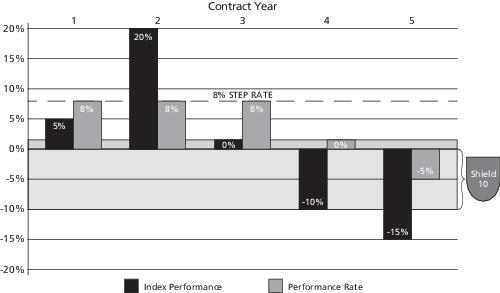A substantial legal liability or a significant federal, state or other regulatory action against us, as well as regulatory inquiries or investigations, could harm our reputation, result in material fines or penalties, result in significant legal costs and otherwise have a material adverse effect on our business, financial condition and results of operations. Even if we ultimately prevail in the litigation, regulatory action or investigation, our ability to attract new customers and distributors, retain our current customers and distributors, and recruit and retain personnel could be materially and adversely impacted. Regulatory inquiries and legal disputes may also cause volatility in the price of BHF securities and the securities of companies in our industry.
Current claims, litigation, unasserted claims probable of assertion, investigations and other proceedings against us, as well as any other disputes or other matters involving third parties, could have a material adverse effect on our business, financial condition and results of operations. It is also possible that related or unrelated claims, litigation, unasserted claims probable of assertion, investigations and proceedings may be commenced in the future, and we could become subject to further investigations and have lawsuits filed or enforcement actions initiated against us. Increased regulatory scrutiny and any resulting investigations or proceedings in any of the jurisdictions where we operate could result in new legal actions and precedents or changes in laws, rules or regulations that could adversely affect our business, financial condition and results of operations.
Operational Risks
Any gaps in our policies, procedures, or processes may leave us exposed to unidentified or unanticipated risk, and our models used by our business may not operate properly and could contain errors, each of which could adversely affect our business, financial condition, or results of operations
We have developed policies, procedures and processes to enable and support the ongoing review of the actual and potential risks facing the Company. Nonetheless, our policies, procedures and processes may not be fully effective in identifying and assessing such risks, leaving us exposed to unidentified or unanticipated risks. In addition, we rely on third-party providers to administer and service many of our products, and our policies, procedures and processes may not enable us to identify and assess every risk with respect to those products, especially to the extent we rely on those providers for relevant information, including detailed information regarding the holders of our products.
We use models to manage our business and evaluate the associated risk exposures. The models may not operate properly and could contain errors related to model inputs, data, assumptions, calculations, or output that may adversely impact our results of operations. In addition, these models may not fully predict future exposures, which may be significantly greater than our historical measures indicate. For example, we use actuarial models to assist us in establishing reserves for liabilities arising from our insurance policies and annuity contracts. We periodically review the effectiveness of these models, their underlying logic, and, from time to time, implement refinements to our models based on these reviews. We implement refinements after rigorous testing and validation; even after such validation and testing, our models remain subject to inherent limitations. Accordingly, no assurances can be given as to whether or when we will implement refinements to our actuarial models, and, if implemented, whether such refinements will be sufficient. Furthermore, if implemented, any such refinements could cause us to increase the reserves we hold for our insurance policy and annuity contract liabilities. If models are misused or fail to serve their intended purposes, they could produce incorrect or inappropriate results. Business decisions based on incorrect or misused model outputs or reports could have a material adverse impact on our results of operations.
Other risk management models depend upon the evaluation of information regarding markets, clients, catastrophe occurrence, or other matters that are publicly available or otherwise accessible to us. This information may not always be accurate, complete, up-to-date, or properly evaluated. Furthermore, there can be no assurance that we can effectively review and monitor all risks or that all of our associates will follow our policies, procedures and processes, nor can there be any assurance that our policies, procedures and processes, or the policies, procedures and processes of third parties that administer or service our products, will enable us to accurately identify all risks and limit our exposures based on our assessments. In addition, if our business changes or the markets in which we operate evolve and new risks emerge, we may have to implement more extensive and perhaps different policies, procedures or processes and our risk management framework may not evolve at the same pace as those changes.
Any failure in cyber- or other information security systems, as well as the occurrence of events unanticipated in Brighthouse Financial’s or our third-party service providers’ disaster recovery systems and business continuity planning could result in a loss or disclosure of confidential information, damage to our reputation and impairment of our ability to conduct business effectively
We heavily rely on communications, information systems (both internal and provided by third parties), and the internet to conduct our business. We rely on these systems throughout our business for a variety of functions, including processing new business, claims, and post-issue transactions, providing information to customers and distributors, performing actuarial

